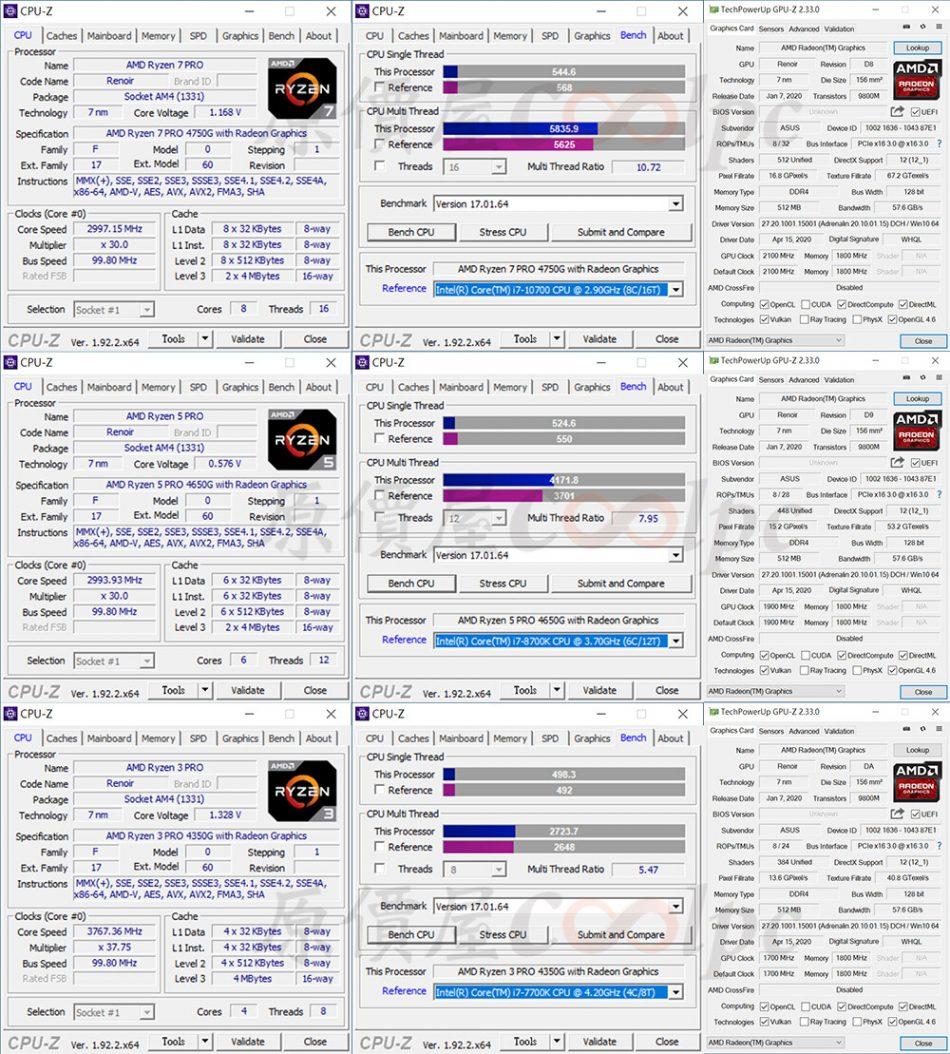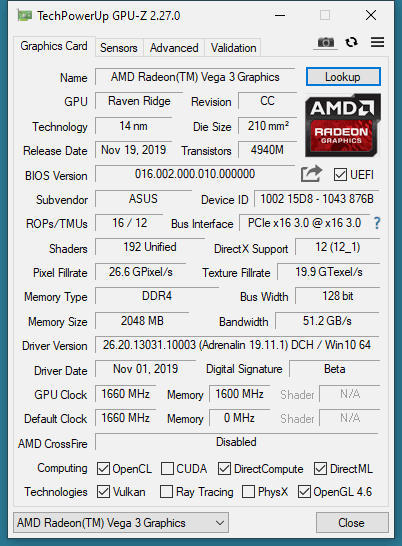uzzi38
Platinum Member
- Oct 16, 2019
- 2,746
- 6,655
- 146
Shader-light?It is worse, but the 4700G with 4133 vs 3400G 3200 was like what? 10%? Remember that we know, from the 3200G that Vega 8 at 1600mhz more or less matches the 3400G stock with the same rams, at 2100mhz with those rams should be way faster than that if not GPU bottlenecked. Its expected that gpu-light games, and specially shader-light games to perform better on Renoir due to the massive GPU clock diferences.
BTW those results are in line with the Korean review as well. Keep in mind that it is DDR4-4133 vs 3200, but it could be worse.
This isn't a CPU. All modern games created in the last few years are inherently designed to take advantage of well over 704 shaders. What you're getting mistaken by is the bandwidth requirements which vary from game to game. Some games require greater memory bandwidth than others.
Picasso will perform better with games that need less bandwidth. This number of games is going to rapidly shrink with time.




